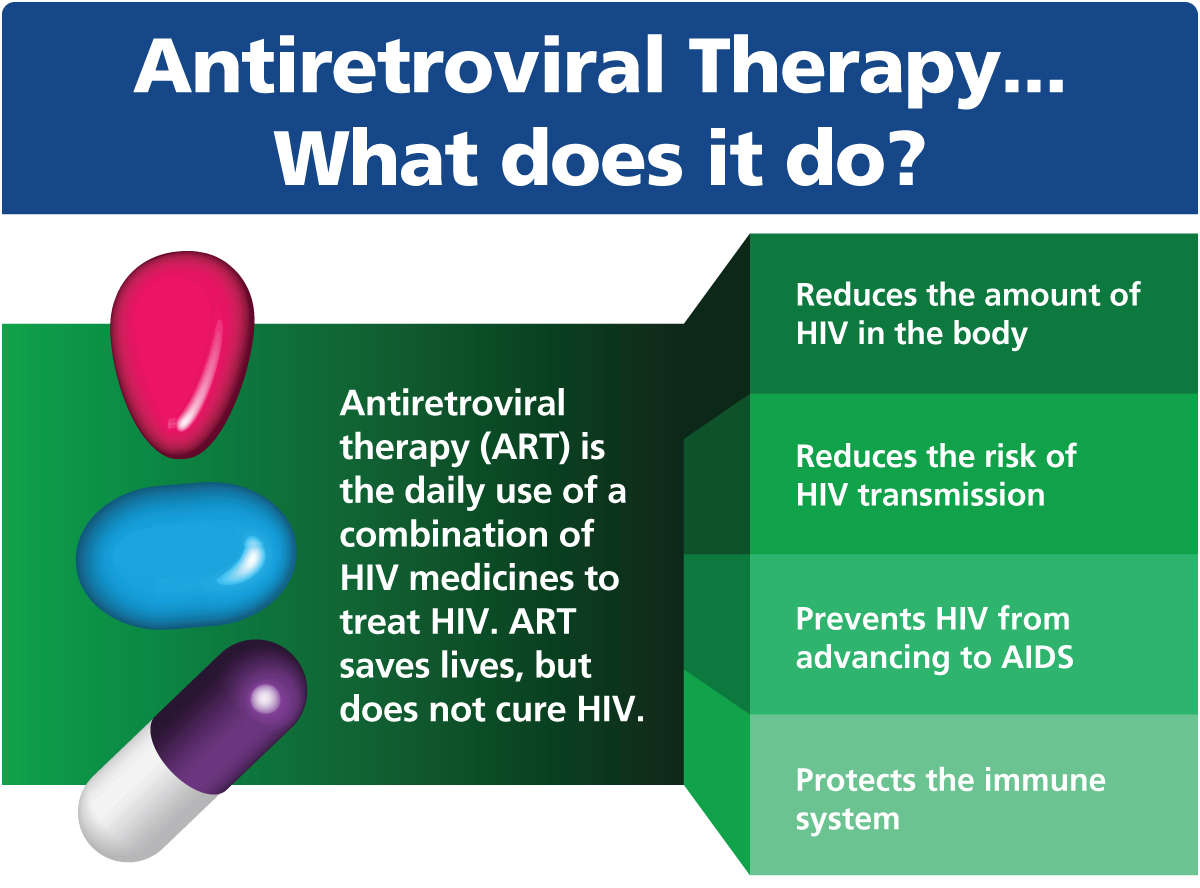START Study Shows That Initiating ART For Individuals With Low Viral Loads Has More Benefits In The Long Term
Source: Thailand Medical News Jul 15, 2019 5 years, 9 months, 1 week, 4 days, 43 minutes ago
Findings from the recent START study involving 4684 adult HIV-positive patients from various countries showed that starting antiretroviral therapy (ART) has significant benefits and entails few risks for individuals with a low pre-treatment viral load. All the patients in the study had a CD4 cell count above 500 cells/mm3 and were randomised to start immediate ART or to defer therapy until their CD4 cell count fell below this level. The study involved patients with a baseline viral load below 3000 copies/ml recruited to the START (Strategic Timing of Antiretroviral Treatment) study. This unequivocally established the benefits of ART for patients with higher CD4 cell counts (above 500 cells/mm3).

Treatment guidelines around the world now recommend ART for all individuals, regardless of CD4 cell count. A small number of individuals with HIV have however had a persistently low viral load even without the use of ART, leading some to question whether ART is necessary. Investigators from the START study examined their data to see if these patients benefit from therapy.
Prompt initiation of ART was associated with robust increases in CD4 cell count, sustained viral suppression and favourable changes in inflammatory biomarkers. The investigators also calculated that treatment would have public health benefits by almost eliminating the risk of onward HIV transmission.
The current analysis was restricted to the 1134 individuals (25% of the total study population) who had a pre-treatment viral load below 3000 copies/ml. The investigators compared clinical outcomes (serious non-HIV-related illnesses, hospitalisations and all-cause mortality), viral load, CD4 cell count and biomarkers (including those indicating inflammation) between the immediate and deferred ART groups.
The median baseline CD4 cell count was 714 cells/mm
3, average age was 37 years and the majority of participants were male.(roughly sixty percent). A small sub-set of patients (n = 93) had a pre-treatment viral load below 50 copies/ml. Participants were almost equally randomised to immediate (n = 555) or deferred therapy (n = 579). A serious clinical outcome was observed in 64 patients in the immediate and 61 patients in the deferred group, a non-significant difference.
Immediate therapy had clear benefits in terms of viral suppression. After a year of follow-up, 93% of patients in the immediate compared to 22% of those in the deferred group had a viral load below 200 copies/ml. There was evidence that viral load suppression below 50 copies/ml would not be maintained without ART. During the first year of follow-up, 55% of individuals in the deferred group with a baseline viral load below 50 copies/ml experienced an increase in viraemia above this level.
CD4 cell counts increased among the patients who started immediate ART but declined among the patients deferring treatment. After twelve months of follow-up, mean CD4 cell count was 125 cells/mm
3higher in the immediate ART group and by month 36 this had increased to a mean difference was 235 cells/mm
3. CD4 cell count remained stable in the sub-group of patients with a baseline viral load below 50 copies/ml.
There was little difference over 36 months of follow-up between the immediate and deferred groups in the proportion experiencing serious changes in haemoglobin, platelet count, creatinine, ALT and kidney function. However, there were ben
eficial improvements in several biomarkers indicating systemic inflammation in the immediate study arm, but not among patients who deferred treatment. In the sub-group with a baseline viral load below 50 copies/ml, these differences were not apparent.
Finally, immediate treatment was calculated to have significant public health benefits. The investigators estimated that over twelve months the rate of onward HIV transmission would be 0.2 per 100 patients in the immediate group but 3.2 per 100 patients in the deferred group.
Even with just 93 individuals with a pre-treatment viral load below 50 copies/ml included, this is the largest randomised study of such individuals to date. For this group, a clear clinical benefit to starting ART was not observed, but neither was there evidence of harm. As clinical trials do not provide clear guidance on how to treat individuals with such rare disease phenotypes, they recommend that clinical decision making should be individualised and based on a partnership with the patient.
For most HIV-positive people with HIV RNA below 3000 copies/ml, although there are low numbers of clinical events, analyses show that immediate ART results in suppressed HIV RNA, CD4 cell count increases, little evidence of increased serious clinical outcomes, and an estimated modest decrease in onward HIV transmission.
Reference : Sereti I et al. ART in HIV-positive persons with low pre-treatment viremia: results from the START trial. J Acquir Immune Defic Syndr, 81: 456-62, doi: 10.1097/QAI.0000000000002052, 2019.
